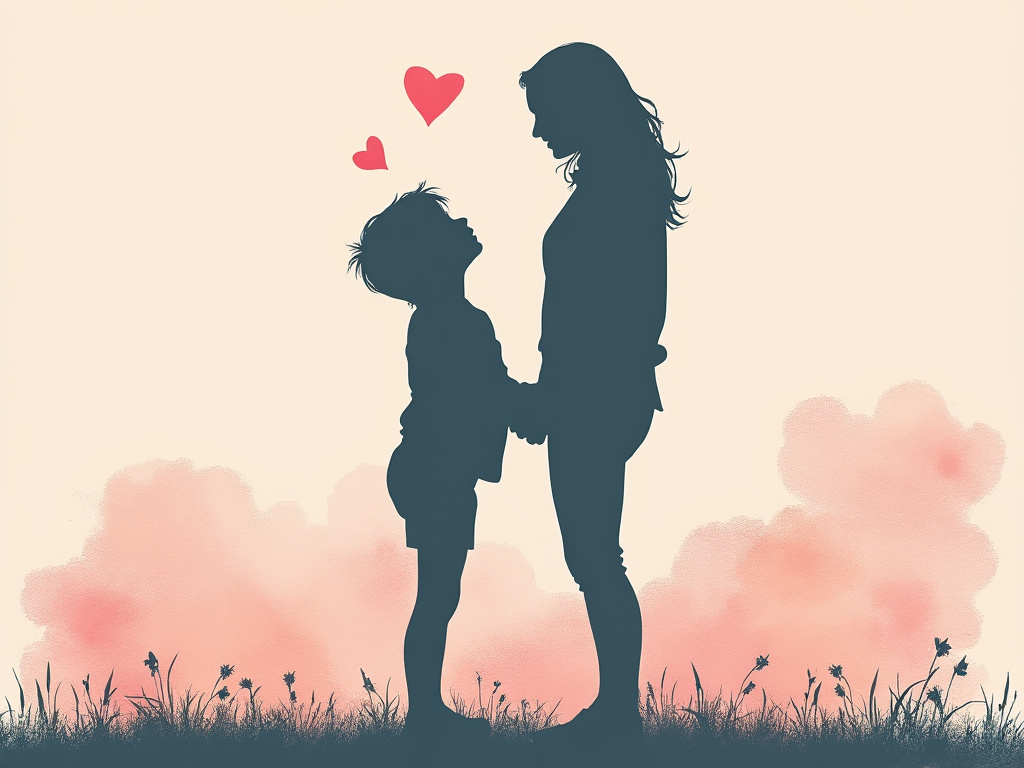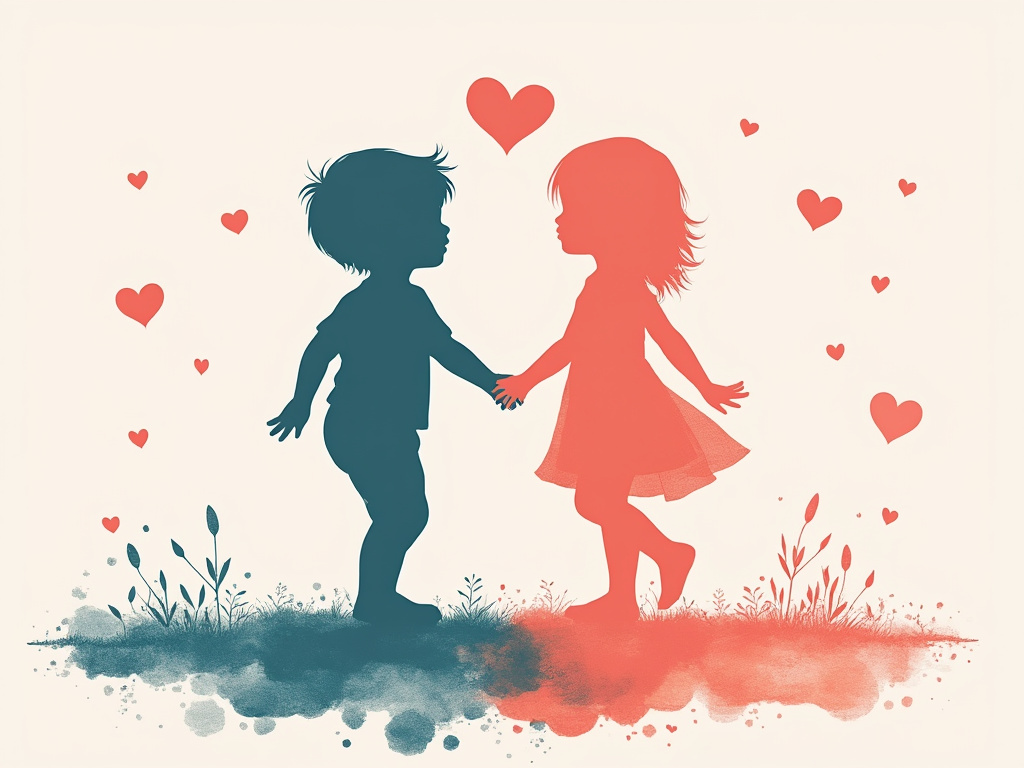
How to Survive Parenting a Two Year Old: Strategies for the Toddler Years
Reading time: 8 minutes
Ever feel like your sweet baby transformed overnight into a tiny tornado of emotions and energy? Welcome to the magnificent chaos of parenting a two-year-old! You’re navigating one of parenthood’s most challenging yet rewarding phases, where “no” becomes their favorite word and meltdowns can happen faster than you can say “snack time.”
Table of Contents
- Understanding Two-Year-Old Development
- Managing Tantrums and Big Emotions
- Establishing Effective Routines
- Communication That Actually Works
- Preserving Your Sanity: Parent Self-Care
- Your Daily Survival Toolkit
- Frequently Asked Questions
Understanding Two-Year-Old Development: The Science Behind the Chaos
Here’s the straight talk: Your toddler isn’t trying to drive you crazy—their brain is literally under construction. Between ages 2-3, children experience explosive brain development, with neural connections forming at an astounding rate of 1,000 per second according to Harvard’s Center on the Developing Child.
The Developmental Storm
Two-year-olds are caught between wanting independence and needing security. Dr. Sarah Bren, pediatric psychologist, explains: “Toddlers have big feelings but small emotional regulation skills. They’re learning to navigate a world that often says ‘no’ to their natural impulses.”
Key Developmental Milestones at Age 2:
- Language explosion: Vocabulary grows from 50 to 200+ words
- Motor skills: Running, climbing, stacking blocks
- Social awareness: Parallel play and early empathy
- Independence drive: “Me do it!” becomes their mantra
Why the “Terrible Twos” Aren’t Actually Terrible
Research from the American Academy of Pediatrics shows that children who display more assertive behavior at age 2 often develop stronger leadership skills later. Your little rebel is actually practicing crucial life skills like problem-solving, boundary-testing, and emotional expression.
Managing Tantrums and Big Emotions
Picture this: You’re in the grocery store, your toddler wants the cereal with the cartoon character, you say no, and suddenly you’re dealing with a full-scale meltdown in aisle seven. Sound familiar?
The Anatomy of a Toddler Meltdown
Tantrums aren’t manipulation—they’re communication. When a two-year-old’s prefrontal cortex (the brain’s control center) gets overwhelmed, their amygdala (emotion center) takes over, creating what neuroscientists call an “amygdala hijack.”
| Tantrum Trigger | What’s Really Happening | Your Response Strategy |
|---|---|---|
| Transition resistance | Difficulty processing change | 5-minute warnings, visual timers |
| Food-related meltdowns | Hunger affecting mood regulation | Regular snack schedule, protein-rich options |
| Bedtime battles | Overtiredness or fear of separation | Consistent routine, comfort objects |
| Independence struggles | Wanting autonomy beyond capabilities | Offer limited choices, break tasks down |
The CALM Method for Tantrum Management
Connect before you correct. Get down to their eye level and acknowledge their feelings: “You’re really upset about leaving the park.”
Accept the emotion, not the behavior. “It’s okay to feel angry, but hitting isn’t okay.”
Limit set with empathy. “I understand you want the cookie, and dinner comes first.”
Move forward together. Once calm, engage in problem-solving or distraction.
Establishing Effective Routines
Routines aren’t just about scheduling—they’re your secret weapon for reducing daily battles. Studies show that children with consistent routines have 23% fewer behavioral problems and sleep 37 minutes longer per night.
The Power of Predictability
Consider Sarah, a working mom of 2-year-old Marcus. She struggled with morning chaos until implementing a visual routine chart. “Instead of constant reminders, Marcus now follows pictures: wake up, brush teeth, get dressed, eat breakfast. Our stress levels dropped dramatically,” she shares.
Pro Tip: The 3-2-1 Transition Technique
Give your toddler a countdown for transitions: “Three more minutes at the playground, then we’re leaving.” This helps their brain prepare for change and reduces resistance.
Communication That Actually Works
Forget long explanations—two-year-olds need communication that’s clear, concrete, and connection-focused. Research from Stanford University reveals that children respond 60% better to positive language than negative commands.
Effective Communication Patterns
Communication Effectiveness by Approach:
Language That Connects
Instead of: “Stop running!”
Try: “Walking feet in the house, running feet outside!”
Instead of: “You can’t have that!”
Try: “That’s not available right now. Would you like the apple or crackers?”
Preserving Your Sanity: Parent Self-Care
Here’s what no one tells you: You can’t pour from an empty cup. Research from the Journal of Family Psychology shows that parental stress directly impacts toddler behavior—stressed parents often have more reactive children.
The Oxygen Mask Principle
Remember airplane safety instructions? Put your oxygen mask on first. The same applies to parenting. When you’re regulated, you can help your child regulate.
Take Jennifer, mother of twin two-year-olds: “I felt guilty taking breaks until I realized that my 15-minute morning coffee ritual made me a more patient, present parent. My kids responded to my calmer energy.”
Micro Self-Care Strategies:
- 5-minute breathing exercises while coffee brews
- Dance parties with your toddler (exercise + fun)
- Text a friend during naptime
- Listen to podcasts during car rides
Your Daily Survival Toolkit
Every two-year-old parent needs a practical arsenal. Here’s your emergency kit for those challenging moments:
The Toddler Emergency Kit
Physical Kit:
- Healthy snacks (hangry toddlers = danger zone)
- Water bottle
- Comfort object or lovey
- Small quiet activities for waiting
- Wet wipes (the universal problem solver)
Emotional Regulation Techniques
The Name-It-to-Tame-It Strategy: Help your child identify emotions. “I see you’re frustrated because the blocks fell down. That’s really disappointing!”
Co-regulation breathing: “Let’s take some balloon breaths together.” Breathe in like inflating a balloon, breathe out slowly.
Frequently Asked Questions
How do I handle public tantrums without feeling judged?
Remember that most adults have been there too. Stay calm, remove your child from the situation if possible, and focus on their needs rather than others’ opinions. A 2019 study found that 78% of parents have experienced public tantrums, so you’re definitely not alone. Carry your confidence like armor—you’re doing important work helping your child learn emotional regulation.
Is it normal for my two-year-old to have multiple meltdowns per day?
Absolutely. Pediatric research indicates that 2-4 tantrums per day is completely typical for two-year-olds. Their brains are developing rapidly, and they’re learning to navigate big emotions with limited vocabulary and coping skills. If tantrums last longer than 20 minutes consistently or include aggressive behavior toward others, consider consulting your pediatrician for additional strategies.
How can I maintain consistency when I’m exhausted?
Start with one non-negotiable rule and build from there. Consistency doesn’t mean perfection—it means having predictable responses to similar situations. Create simple scripts for common scenarios so you don’t have to think on the spot. Remember, good enough parenting is actually excellent parenting. Your child needs connection more than perfection.
Your Toddler Survival Roadmap
Ready to transform those challenging moments into opportunities for connection and growth? Here’s your practical implementation plan:
Week 1: Focus on understanding your child’s unique triggers and patterns. Keep a simple log of meltdown times and situations.
Week 2-3: Implement one consistent routine (start with bedtime or mealtime) and practice the CALM method during conflicts.
Week 4: Introduce positive communication phrases and begin building your emotional regulation toolkit together.
Ongoing: Prioritize your own self-care and remember that this phase is temporary but the connection you build lasts forever.
The truth is, parenting a two-year-old isn’t about surviving—it’s about thriving together during one of the most crucial developmental periods. Every patient response you give is literally shaping your child’s brain architecture for emotional intelligence and resilience.
What small change will you implement this week to make your toddler journey more manageable and connected?

Article reviewed by Ryan Callahan, Dating Coach | Modern Strategies for Meaningful Relationships, on May 29, 2025
